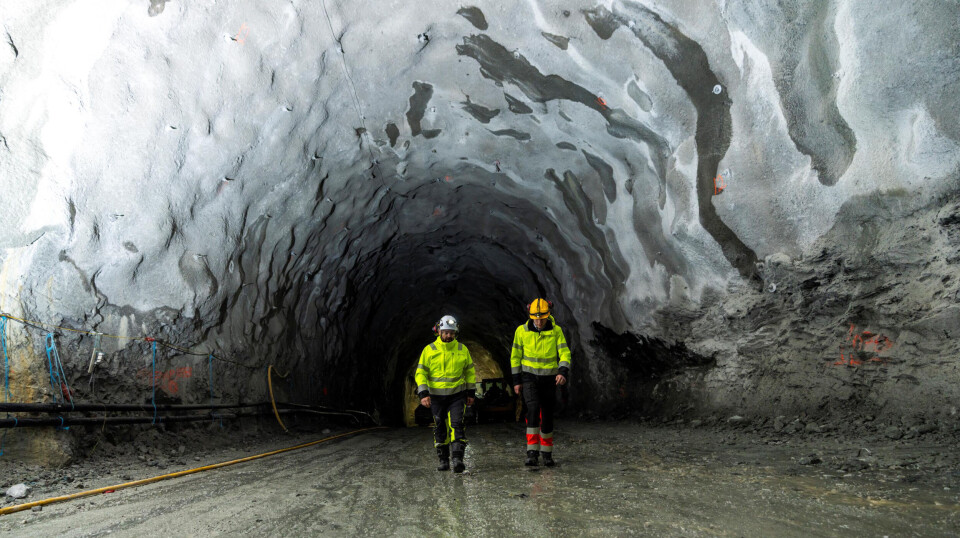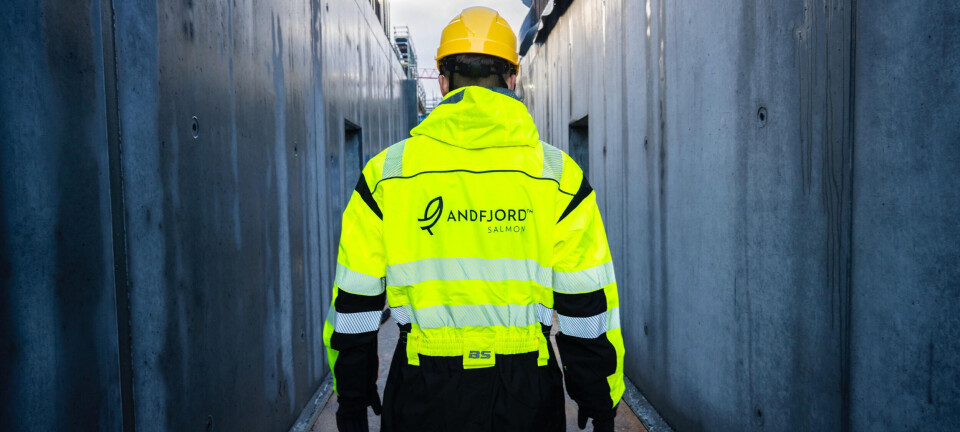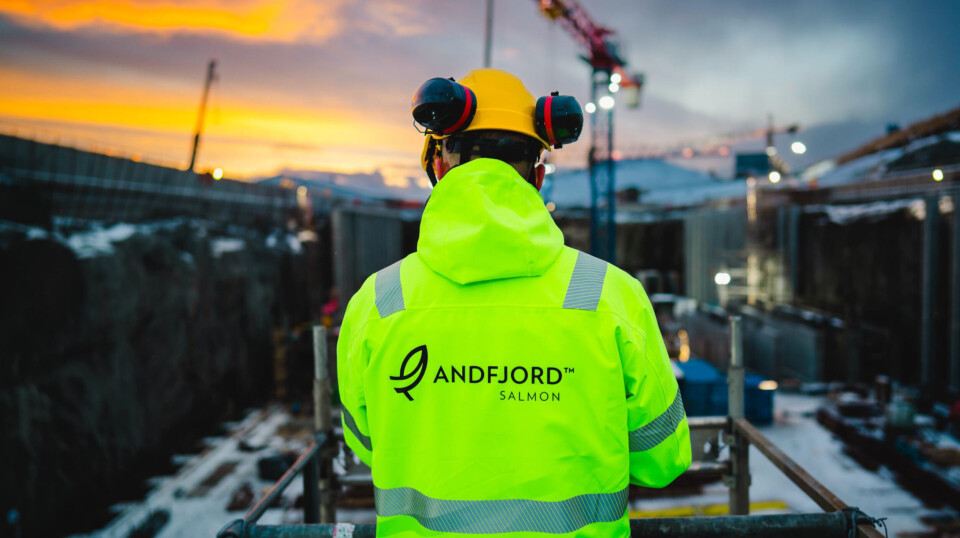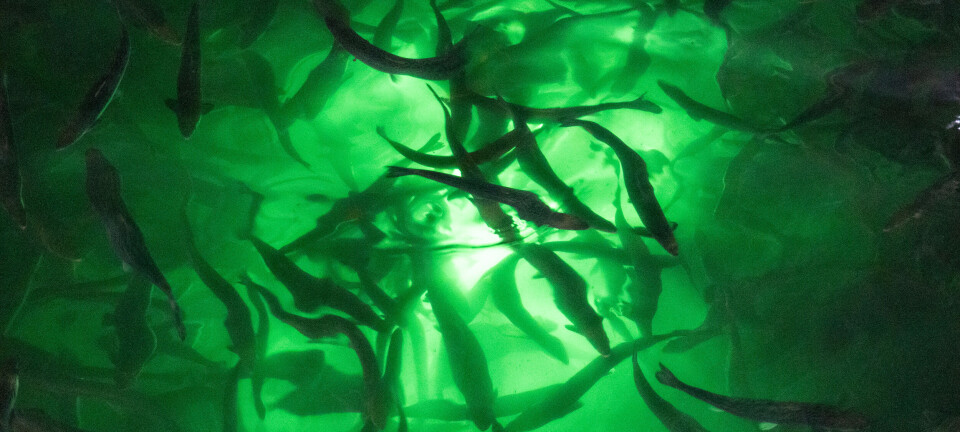
Breakthrough for Andfjord Salmon
Andfjord Salmon says that the outlet tunnel at the company's land-based fish farming facility at Kvalnes on Andøya in Norway has now been completed. The final breakthrough established a direct connection between the outlet tunnel and the fjord.
The company says in a press release that the outlet is located 70 metres below sea level.
"The breakthrough was safely carried out by controlled blasting of the last 6–7 metres of rock that separated the tunnel from the fjord," the report states.
“I am proud to report that the breakthrough and subsequent filling of approximately one kilometre of tunnel infrastructure was completed exactly as planned and without incident. This is an important milestone in our work to make the Kvalnes facility ready for operation,” said Andfjord Salmon chief executive Martin Rasmussen.
Inlet tunnel
An inlet tunnel, which will deliver "unused" seawater to all pools at the facility, has also been completed. The final breakthrough to the Andfjord is planned for June/July 2025.
“The inlet tunnel reaches down to a depth of approximately 50 metres – well below the zone where sea lice and harmful algae are usually found. Through our proprietary flow-through system, continuous access to clean, deep-sourced seawater allows us to recreate a natural and healthy salmon environment on land. This is an important foundation for our ambition for strong biological performance,” added Rasmussen.
Port area
In parallel with the waterway infrastructure, Andfjord Salmon is completing four basins and developing a new port area at Kvalnes. Both projects are on schedule, according to the company.
Earlier this year, Andfjord Salmon announced an optimised development plan at Kvalnes, which will increase production capacity by approximately 20%, from 8,000 tonnes to up to 11,000 tonnes (gutted weight plus post smolts) in phase 1. This is made possible through more efficient utilisation of the pools, a new fish handling system developed with a focus on fish welfare, and reinforced concrete construction that provides better water flow. As a result, the expected total production capacity under the company's existing licence concession will increase from 19,000 to 23,700 tonnes.























